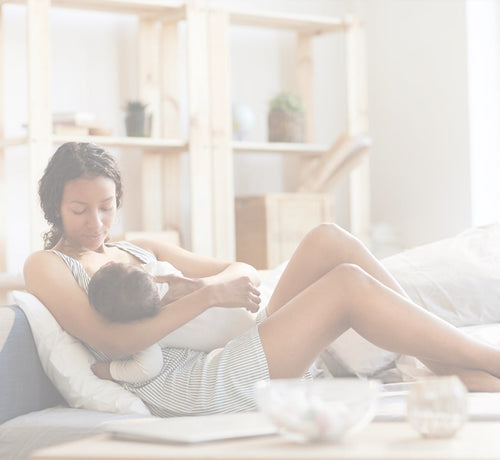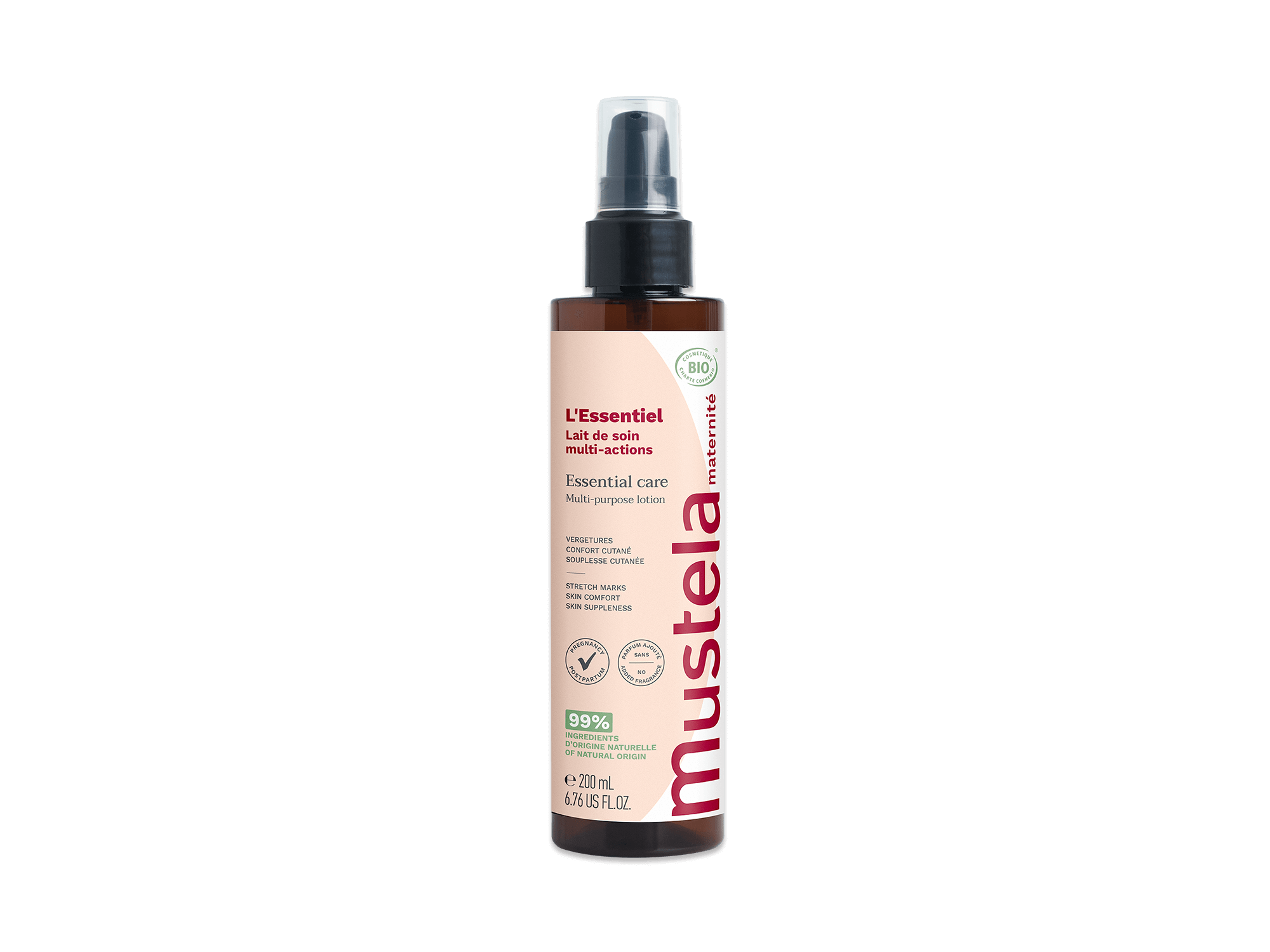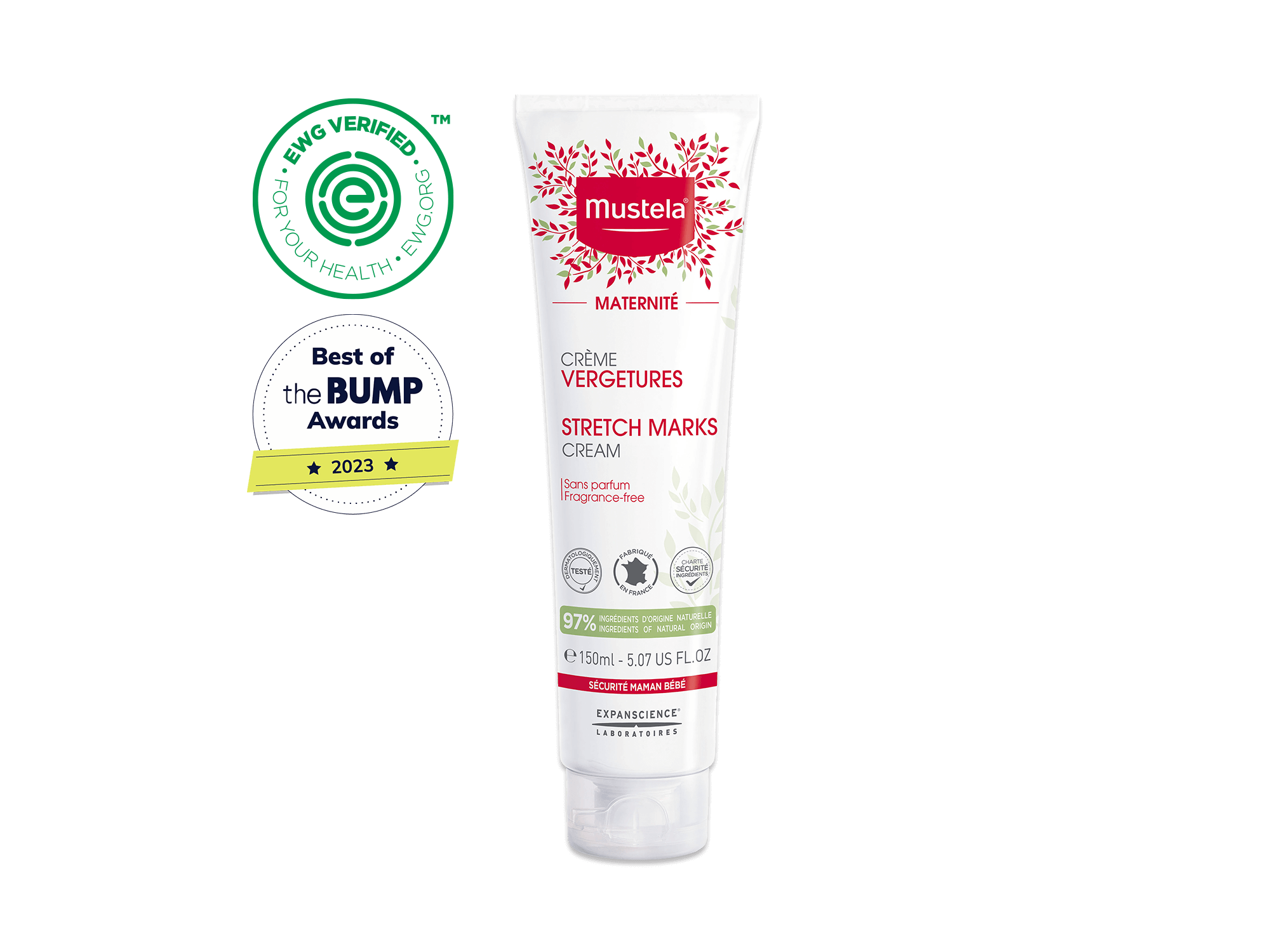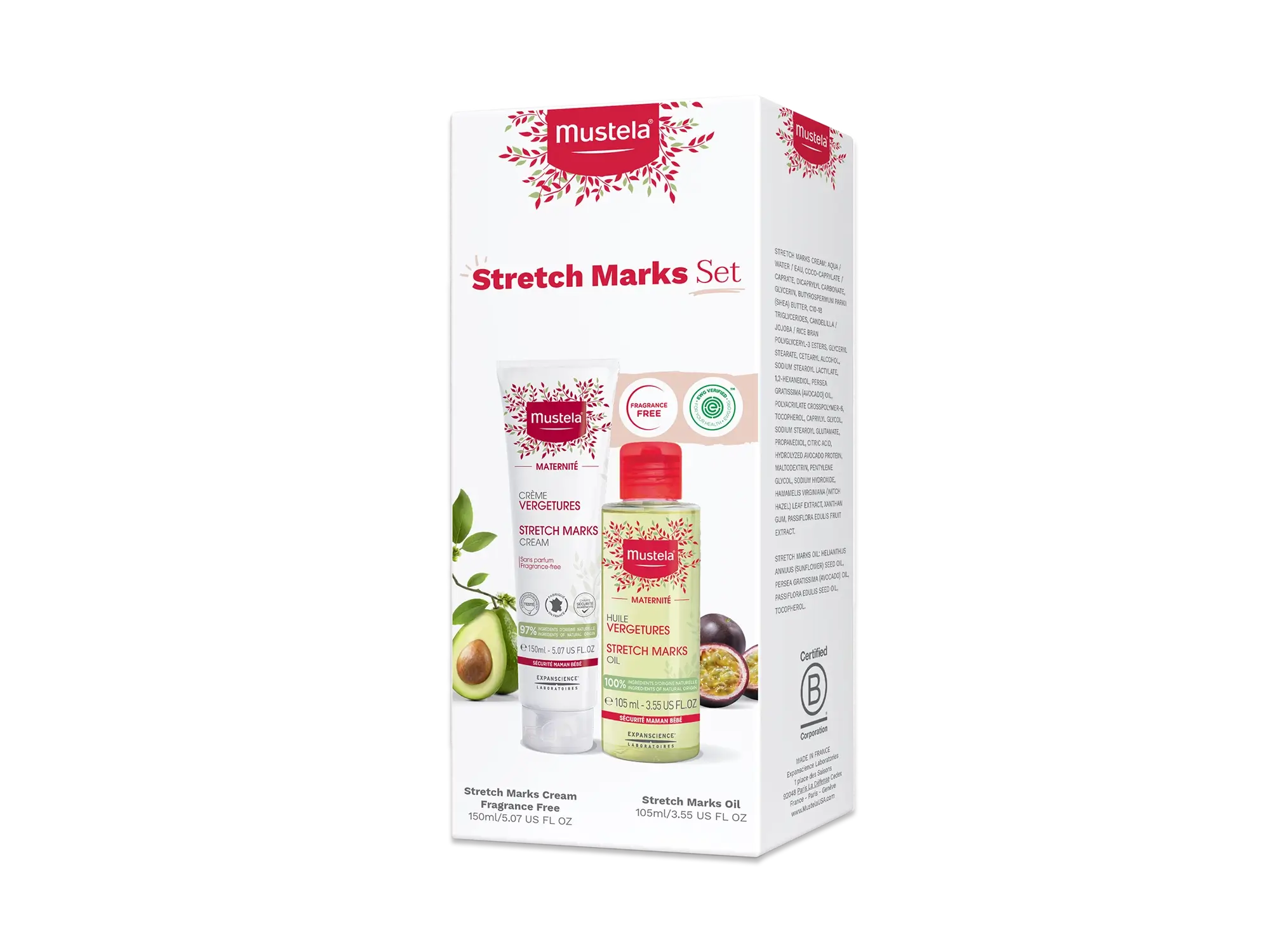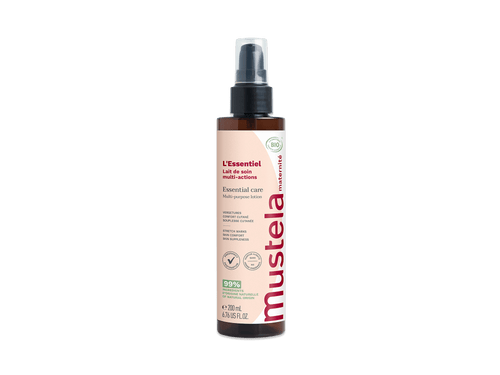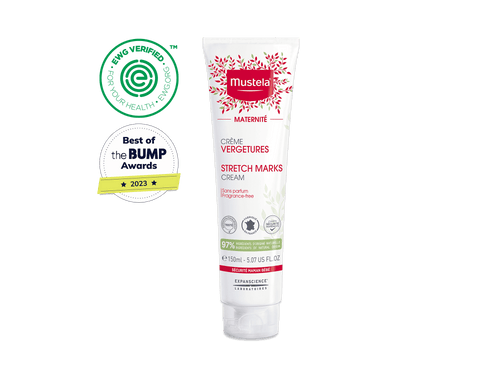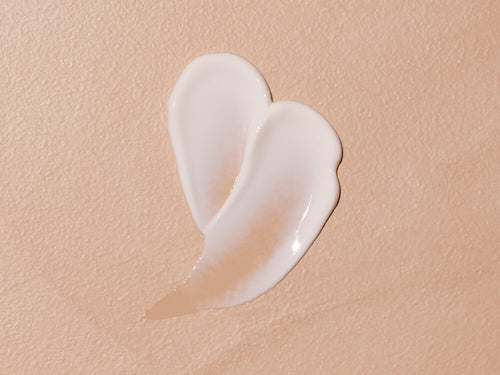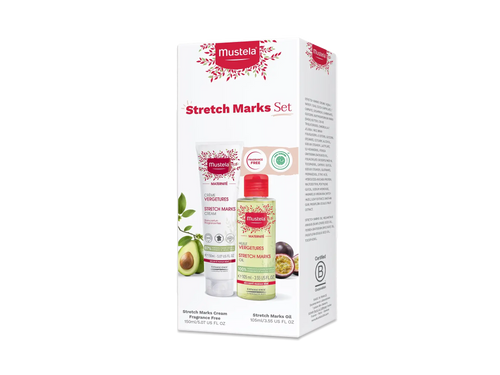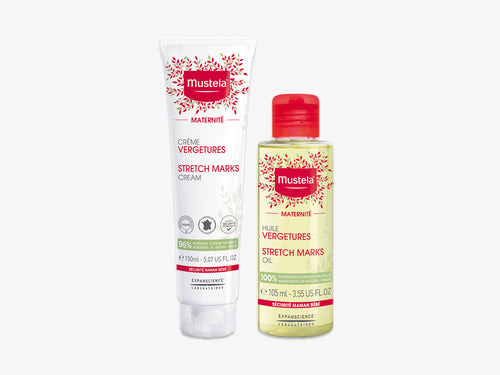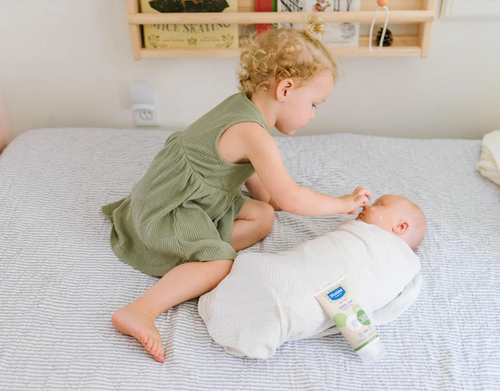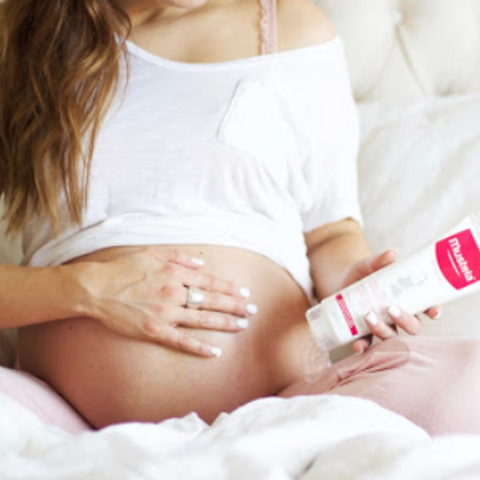Nursing your baby can be a special experience for both of you. It’s important to remember to care for yourself as you nourish your little one. Taking care of your nipples after breastfeeding is essential, especially if you’re a bit sore. To learn how to go about it, keep reading.
We’ll discuss several ways to take care of your nipples, from applying your own breast milk to staying dry and wearing a good bra. But before we offer these tips, let’s go over what can cause sore and cracked nipples.
Table Of Contents
What Causes Sore And Cracked Nipples

We won’t get into all the details now, but breastfeeding offers unique and wonderful benefits for you and your little one.
Both the American Academy of Pediatrics and WHO recommend breastfeeding exclusively for the first six months of your baby’s life. While this is ideal, it’s not always possible or feasible for a variety of reasons.
Plus, some women get especially discouraged when sore or cracked nipples strike. A bit of soreness is normal when you begin nursing your baby, but pain or soreness that continues is a sign that something is amiss.
The good news is that if you know what the problem is, it’s easier to find the solution so you can be comfortable again ASAP. Below, we’ll list a few of the possible causes of sore or cracked nipples.
Incorrect Latch

If your baby’s mouth isn’t where it should be or they don’t latch on well, you can end up with sore nipples. What’s the correct position? Your baby’s mouth should be over part of your areola, and your nipple should be at the back of their mouth.
If breastfeeding is so natural, why do some moms and babies have trouble finding a good latch? There are several possible reasons.
For example, while all nipple shapes and sizes are beautiful, some nipple shapes (such as flat or inverted) can make it difficult for your baby to latch.
A lip or tongue-tie can also make it difficult for your baby to latch on and nurse well. These occur when the tissue that goes from the underside of the tongue to the floor of the mouth is unusually short, or the upper lip is more tethered to the gum line.
Breastfeeding can be a challenge if your baby has an abnormality in the roof of their mouth (their palate), too.
Speaking of latching on correctly, if you’re using a breast pump, your baby’s mouth isn’t the only thing that’s latching onto your nipple! If you don’t use the breast pump correctly, it can also irritate your nipples.
Nipple Confusion
Nipple confusion can happen in babies who are breastfeeding and also taking a bottle or pacifier. They may get confused (hence the name!) about the right way to latch on as they switch back and forth from breast to bottle.
If possible, wait until your baby gets the hang of breastfeeding before offering them a pacifier.
Infection
From thrush to bacterial infections, an infection could be the culprit for your sore nipples. In addition, if your nipples are already cracked, you’re at a higher risk for thrush.
Talk to your doctor as soon as possible if you have concerns about a nipple infection.
Eczema
You’ve probably heard of eczema, but did you know that you can have eczema on your nipples? If they’re itchy as well as sore, you might have a case of nipple eczema.
It can be caused or aggravated by anything that irritates your skin. Think about the soaps, lotion, and laundry detergent you use, as well as your bras.
How To Care For Your Nipples After Breastfeeding

Now, let’s jump into the following tips for taking care of your nipples after breastfeeding. Whether you’re recovering from sore and cracked nipples or simply taking preventive self-care measures, these recommendations are for you.
Hand-Express Your Milk
For the mommas with sore nipples, hand express some of your milk before breastfeeding your baby. Letting your milk build up can make it hard for your baby to latch on well, not to mention that the build-up can be uncomfortable for you!
Apply Breast Milk
Your breast milk is the perfect nutrition for your growing little one, and it can be applied to sore nipples. Talk about convenient!
Breast milk’s antibacterial properties can help heal your skin. Simply apply a few drops after nursing.
Wash With Saltwater
Another way to help your nipples heal is by washing them with saltwater. Mix ½ teaspoon of salt in six to eight ounces of warm water. Then, either soak your nipples for a couple of minutes or apply the saltwater with a cotton ball or spray bottle.
Apply Nipple Cream
When it comes to nipple care, a high-quality nipple cream is a powerful tool to keep your skin comfortable while nursing. For a natural, soothing, and restorative cream, turn to Mustela Nursing Comfort Balm.
This lanolin-free balm moisturizes and protects your nipples, eases discomfort, and helps replenish and restore your skin during and after breastfeeding.
It’s made with 100% ingredients of natural origin per ISO 16128 standard, including olive oil to nourish, plant-based glycerin to moisturize and protect your skin, and vitamin E for even more nourishment and protection.
Rest assured that this formula is backed by scientific research, developed with healthcare professionals, and tested under dermatological control. Plus, it’s free of fragrance, dye, and questionable ingredients, such as parabens, phthalates, and phenoxyethanol.
While Nursing Comfort Balm is specifically designed for nursing moms, it can also be used throughout pregnancy.
Use Warm Compresses
To soothe sore nipples, turn to warm, moist heat. The American Pregnancy Association recommends soaking a clean washcloth in warm (not hot) water and laying it on your nipples. Once it cools off, you can soak it again to repeat the process.
Dry Off

Whether you’ve applied a warm compress, breast milk, or saltwater or have just finished nursing your little one, it’s important to let your nipples dry afterward. This simple step can help prevent soreness and irritation.
Let them air dry (instead of wiping them), and keep them dry by changing your breast pads often.
Put On A Good Bra
To care for your nipples when you aren’t breastfeeding, wear a good, comfortable bra. Look for one that’s made with soft fabric and is not too tight. This will ensure the least possible irritation.
If you’re wearing breast pads, you’ll want to give some thought to choosing those, too. Look for cotton breast pads that are oh-so-soft.
It’s also a good idea to rinse your bras after washing them to do away with any traces of detergent. If you have sensitive skin, detergent or fabric softener could irritate your nipples.
Get To The Root Of The Problem
Many of the above tips are great for nipple care day in and day out. But, if you’re dealing with ongoing cracked or sore nipples, it’s important to get to the root of the problem.
At the beginning of this article, we mentioned a few of the potential causes. However, the best way to get to the bottom of what’s happening is to consult a professional.
Your lactation consultant is a great resource to turn to if you think your baby might not be latching on correctly or has a tongue-tie, for example.
Talk To Your Doctor
Last but not least, if sore nipples are accompanied by inflammation, redness, swelling, or oozing, talk to your doctor as soon as you can. These can be signs of an infection that you’ll need your doctor to look at.
TLC For Your Nipples After Breastfeeding

There’s a lot to learn when you’re caring for a new baby. And, if you’re breastfeeding, you’ll need to learn to take care of yourself in specific ways, too! Care for your nipples after breastfeeding to keep your skin in tip-top shape and help avoid soreness and cracking.
Follow the tips we mentioned in the article, such as applying breast milk or saltwater, drying off well, wearing the right bra, and using a nipple cream, like Nursing Comfort Balm.
Your strong, amazing body is providing for your little one every day. Give it the care it deserves!


